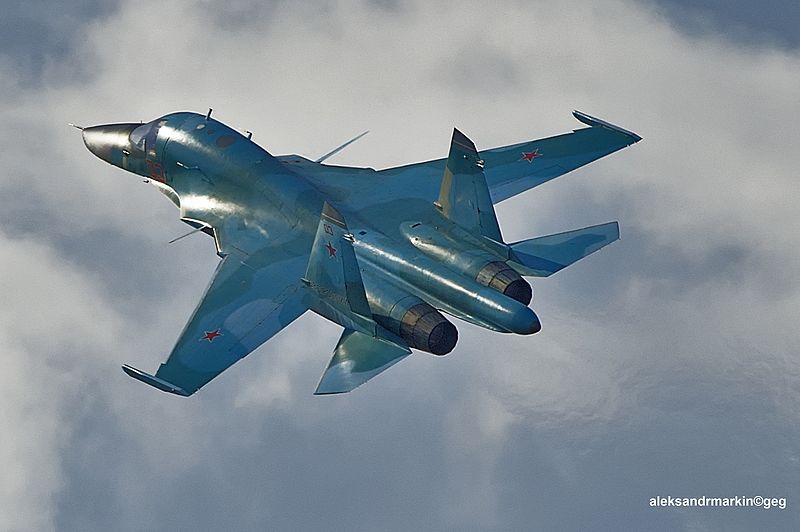Best Pics of the Month: May 2020
Two 124th Fighter Wing A-10 Thunderbolt IIs linked up with two F-15E Strike Eagles from Mountain Home Air Force Base on May 15, 2020 for a fly over throughout cities of Idaho to honor essential workers and show appreciation to the sacrifice, commitment and bravery of all Idaho's essential workers and citizens keeping Idaho running during this challenging time with the COVID-19 pandemic. Gov. Brad Little, Idaho's commander-in-chief, met with pilots, learned about the 190th Fighter Squadron's mission, and helped launch the A-10 Warthogs that honored essential workers in a statewide fly over. (U.S. Air National Guard photo by Master Sgt. Becky Vanshur)
The moon snuck in this shot as two 124th Fighter Wing A-10 Thunderbolt IIs linked up with two F-15E Strike Eagles from Mountain Home Air Force Base on May 15, 2020, for a flyover throughout cities of Idaho to honor essential workers and show appreciation to the sacrifice, commitment and bravery of all Idaho's essential workers and citizens keeping Idaho running during this challenging time with the COVID-19 pandemic. (Master Sgt. Becky Vanshur/Air National Guard)
A B-1B Lancer flies with a Danish F-16 during a training mission for Bomber Task Force Europe, May 11, 2020. Aircrews from the 28th Bomb Wing at Ellsworth Air Force Base, S.D., took off on their long-range, long-duration Bomber Task Force mission to conduct interoperability training with NATO allies and partners. Operations and engagements such as these demonstrate and strengthen the shared commitment to global security and stability. (Courtesy photo by Danish Air Force)
The U.S. Navy Flight Demonstration Squadron, the Blue Angels, refuel from a tanker assigned to the 305th Air Refueling Wing, May 6, 2020. The flyover was part of America Strong; a collaborative salute from the Navy and Air Force to recognize healthcare workers, first responders, military, and other essential personnel while standing in solidarity with all Americans during the COVID-19 pandemic. (U.S. Navy photo by Mass Communication Specialist 2nd Class Cody Hendrix)
U.S. soldiers practice fire suppression training using a Bambi water bucket in a CH-47 Chinook helicopter on Grafenwoehr Training Area, Germany, May 12, 2020.(Julian Temblador/Army)
Chief Warrant Officer 2 Bill Powers, a CH-47 pilot with B Co, 1-214th General Support Aviation Battalion, flies his Chinook through the Bavarian Alps for high-altitude and pinnacle ridge landing training on May 4, 2020. (U.S. Army photo by Maj. Robert Fellingham)
Marine Aircraft Group 24 conducted a mass air training mission, Marine Corps Air Station Kaneohe Bay, Marine Corps Base Hawaii, May 19, 2020. Utilizing three separate flying platforms, MAG-24 successfully launched six CH-53E Super Stallions, five MV-22B Ospreys, and two UH-1Y Venoms, conducting the mass air mission to increase proficiency through integrated training to produce readiness and project power. (U.S. Marine Corps photo by Sgt. Alex Kouns)
An E-3 Sentry and F-22 Raptors assigned to Joint Base Elmendorf-Richardson, Alaska, fly over mountains May 5, 2020. The aircraft, which were part of a formation flight demonstrating airpower, consisted of active duty, Guard and Reserve components. (U.S. Air Force photo by Tech. Sgt. Jerilyn Quintanilla)
An EA/18G Growler assigned to the "Vikings" of Electronic Attack Squadron (VAQ) 129 prepares to launch from the flight deck of the aircraft carrier USS Abraham Lincoln (CVN 72). Abraham Lincoln is underway conducting routine operations in the U.S. 3rd Fleet area of operations. (U.S. Navy photo by Mass Communication Specialist 2nd Class Amber Smalley)
An F/A-18F Super Hornet attached to the Fighting Swordsmen of Strike Fighter Squadron 32 launches on the flight deck aboard the aircraft carrier USS Dwight D. Eisenhower (CVN 69), May 4, 2020. (U.S. Navy photo by Mass Communication Specialist 1st Class Tony D. Curtis)
SEAL candidates participate in surf immersion during Basic Underwater Demolition/SEAL (BUD/S) training at Naval Special Warfare (NSW) Center in Coronado, Calif., May 4, 2020. (U.S. Navy photo by Mass Communication Specialist 1st Class Anthony Walker)
Sgt. Timothy Lee, a Paratrooper with the 1st Brigade Combat Team, 82nd Airborne Division, prepares for an Airborne Operation at Fort Bragg, N.C., on May 7. The airborne operation marks the 82nd Airborne Division’s return to limited training operations while following health and safety guidelines to prevent the spread of the novel coronavirus. Paratroopers were required to wear masks while in close proximity to each other and Jumpmasters wore masks while conducting inspections in the passenger terminal. (U.S. Army photo by Spc. Hubert D. Delany III)
The Ohio-class guided-missile submarine USS Florida (SSGN 728) returns to its homeport, Naval Submarine Base Kings Bay, Georgia. The ship was forward deployed for more than 800 days, providing the U.S. Navy with one of the most versatile and clandestine platforms in the fleet. Guided-missile submarines are capable of carrying up to 154 Tomahawk land-attack cruise missiles and host up to 66 Special Operation Forces. Naval Submarine Base Kings Bay is homeport to all East Coast Ohio-class submarines. (U.S. Navy photo by Mass Communication Specialist 1st Class Ashley Berumen)
The aircraft carrier USS Nimitz (CVN 68) and Arleigh Burke-class guided-missile destroyer USS Ralph Johnson (DDG 114) steam in formation during a composite training unit exercise as part of the Nimitz Carrier Strike Group (CSG) on May 14, 2020, in the Pacific Ocean. (Mass Communication Specialist Seaman Apprentice Drace Wilson/Navy)











































